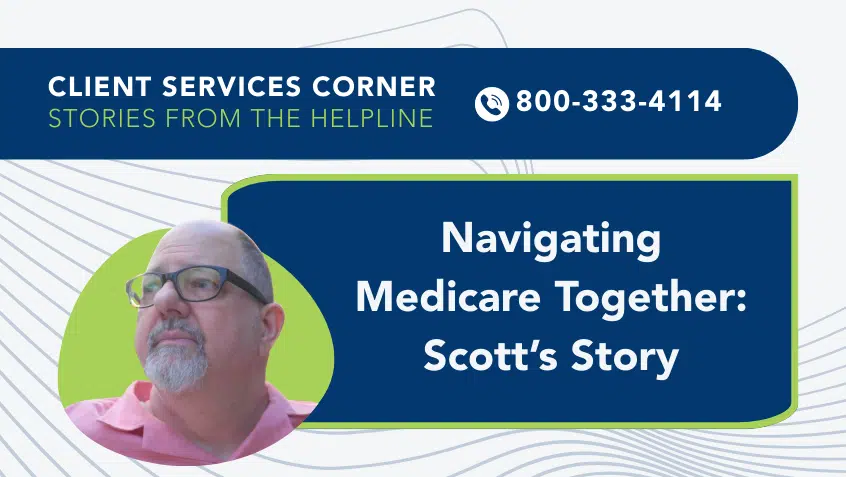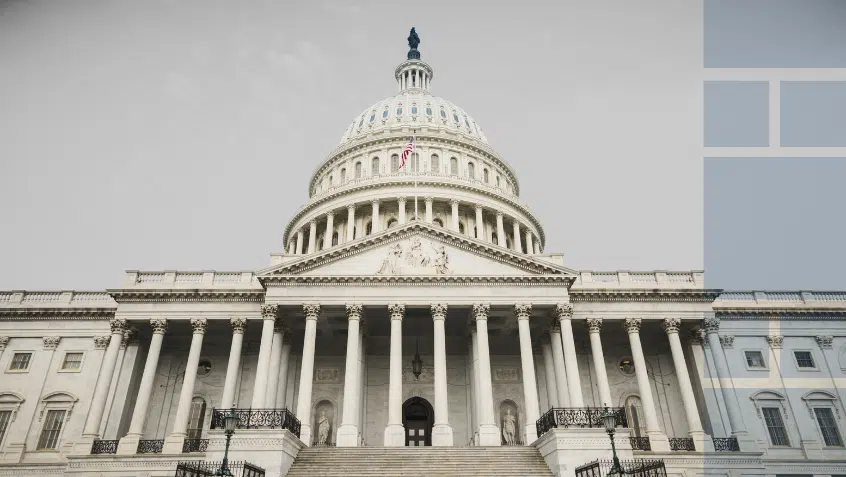Join Us Live for a Discussion on Medicare, Democracy, and the Future of Health Care
COVID-19 Medicaid Enrollment Protections End This Week

Since 2020, the Families First Coronavirus Response Act (FFCRA) has allowed states to maintain Medicaid rolls in exchange for an enhanced federal matching rate (FMAP). Originally tied to the COVID-19 Public Health Emergency (PHE), Congress passed legislation in December 2022 decoupling the two. The PHE is currently set to expire on May 11, while the continuous enrollment protections will end tomorrow, March 31.
State timelines for effectuating this change vary, but all take effect this year. In the coming months, the enhanced FMAP will reduce gradually, until phasing out completely on December 31. The maintenance of effort requirements tied to the FMAP increase—that states may not make eligibility standards, methodologies, or procedures for determining Medicaid eligibility more restrictive than they were on January 1, 2020—will continue to apply.
The FFCRA’s continuous enrollment policy has been a vital protection during the pandemic. It has generally prevented states from disenrolling people whose Medicaid eligibility may otherwise have been redetermined based on a change in circumstances or as part of a regular coverage renewal. As a result, Medicaid enrollment has grown substantially in recent years, and the uninsured rate dropped to the lowest level on record in early 2022. The Kaiser Family Foundation (KFF) estimates Medicaid enrollment will reach 95 million in March 2023, an increase of over 30%, or nearly 24 million enrollees, from February 2020.
The end of the continuous enrollment provision could reverse these coverage gains. The U.S. Department of Health and Human Services (HHS) estimates 15 million people will be disenrolled as states resume regular operations. Many will no longer qualify and could face gaps in coverage, affordability challenges, and care delays as they navigate the transition to other insurance. Others—nearly 7 million people—are expected to lose Medicaid due to administrative problems despite still being eligible.
As experts at the Georgetown Center for Children and Families explain, there are a variety of reasons “…why people lose coverage without being determined ineligible. Sometimes the mail doesn’t reach them, or the renewal notice is confusing or not in the enrollee’s preferred language. If enrollees are not able to get through to the call center, they may run out of time before the state processes the disenrollment. It’s also not uncommon for states to lose paperwork submitted by the enrollee, particularly when eligibility workers are overloaded. Enrollees may also have difficulty providing paper documentation, such as income for gig or cash employees.”
What’s At Stake
The impact of losing Medicaid can be severe. A recent KFF analysis found nearly two-thirds of people had a period of non-coverage following a disenrollment. Studies consistently show uninsured individuals are much more likely to delay or skip care due to cost, to have difficulty paying medical bills, and to lack a usual source of care, all factors that can worsen outcomes and well-being.
Recent KFF-convened focus groups highlight these risks from the Medicaid enrollee perspective. The participants, many of whom experienced declining health and financial stability during the pandemic, said Medicaid allowed them to access affordable, high-quality care, and gave them much-needed peace of mind. Few were aware enrollment had been protected or that recertifications could start soon. All wanted to keep their coverage. While some worried they may no longer qualify, others worried they might lose Medicaid for avoidable administrative reasons. They explained being disenrolled would create serious health and financial challenges, often using terms like “terrifying” and “devastating.” Several said losing Medicaid amid stubbornly high inflation rates would be especially hard; that existing financial demands could make it impossible to pay for new insurance.
Medicare financial assistance, by way of Medicare Savings Program (MSP) enrollment, is also at risk. Administered by state Medicaid agencies, MSPs help low-income Medicare beneficiaries afford their coverage and care. A recent AARP report estimates the programs will save enrollees nearly $2,000 in 2023. Chronically under-enrolled, state redeterminations could further limit MSP participation through disenrollments. Similarly, existing application complexities could deter new sign-ups: as part of the unwinding, Medicaid enrollees who first became eligible for Medicare during the pandemic but did not enroll will have to do so, and apply for an MSP.
Medicare unaffordability has significant consequences, both for the program and those who rely on it. Beneficiaries who cannot pay for coverage may be forced to go without care, leading to worse health and quality of life. And the cost to Medicare is also extreme, as enrollees who forgo care and experience declining health as a result may require more costly interventions later, like emergency department or inpatient care.
State and Federal Unwinding Efforts
As these PHE-related continuous enrollment protections end, minimizing care and coverage disruptions will be critical. States have several policy levers, including improving Medicaid eligibility systems, streamlining renewal procedures, communicating with enrollees about the need to complete a renewal, and facilitating transitions to other types of insurance. Such approaches could help those still eligible retain Medicaid while easing transitions for those who are not.
Similarly, states have tools to limit administratively-rooted disenrollments. Interventions like boosting staff resources and consumer assistance capacity, actively monitoring the unwinding to identify issues, and rapidly responding to systemic or recurring problems could help avoid coverage losses.
Medicare Rights urges states to modernize their processes and programs to improve enrollment and retention. In particular, we strongly encourage states to join New York in increasing Medicaid and MSP eligibility. Easing these income and asset thresholds can help older adults and people with disabilities gain and maintain coverage, protect their health and finances, and thrive.
The federal government also has a key role, throughout the unwinding and beyond. The Centers for Medicare and Medicaid Services (CMS) issued guidance for states aimed at improving access and imposed new reporting requirements to monitor state processes. Importantly, the BENES Act final rules establish a new Medicare Special Enrollment Period (SEP) that will allow individuals who lose Medicaid to sign up for Medicare more easily. Communicating this opportunity concisely and consistently will be critical to its success.
Separate, ongoing CMS rulemaking aims to update Medicaid and MSP systems by better synergizing eligibility and enrollment, promoting access, and improving quality. The Medicare Rights Center submitted comments supporting these proposals last year. If finalized, they would bring state and federal processes more in line and help prevent unnecessary coverage losses. These changes are long overdue, and urgently needed.
Medicare Rights appreciates CMS’s efforts to address the expiration of the continuous enrollment requirement and the underlying access issues. We continue to ask CMS to maximally protect those who have become eligible for Medicare during the PHE. This includes providing direction and technical assistance to state Medicaid agencies, undertaking educational campaigns, and providing enrollment flexibility. If needed, CMS should establish avenues for relief for people who missed their Medicare and Medigap enrollment periods, are improperly disenrolled from Medicaid, or are not enrolled in or assessed for a Medicare Savings Program to which they are entitled. We will remain vigilant, offering additional solutions as the process unfolds.
Show Comments
We welcome thoughtful, respectful discussion on our website. To maintain a safe and constructive environment, comments that include profanity or violent, threatening language will be hidden. We may ban commentors who repeatedly cross these guidelines.
Help Us Protect & Strengthen Medicare
Donate today and make a lasting impact
More than 67 million people rely on Medicare—but many still face barriers to the care they need. With your support, we provide free, unbiased help to people navigating Medicare and work across the country with federal and state advocates to protect Medicare’s future and address the needs of those it serves.
The Latest
Most Read
Add Medicare to Your Inbox
Sign up to receive Medicare news, policy developments, and other useful updates from the Medicare Rights.
View this profile on InstagramMedicare Rights Center (@medicarerights) • Instagram photos and videos









